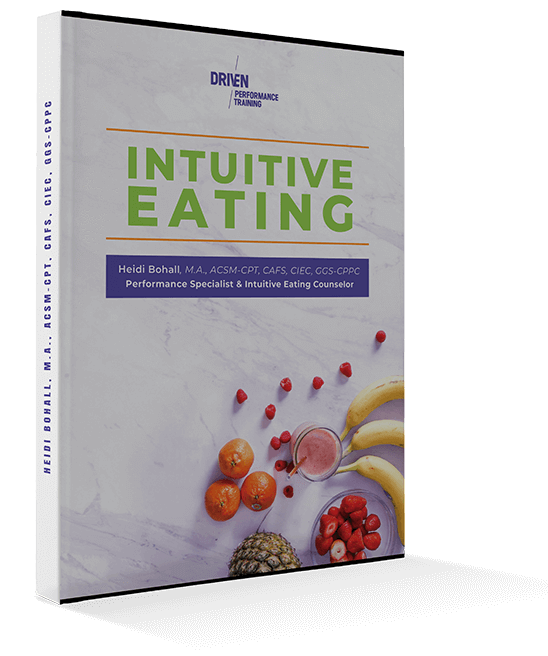Dunk Project 2015

I remember as a young athlete having an obsession with dunking a basketball. I’m not sure what it was about dunking that was so consuming, but I think it was mostly the sense that you had earned your way into an elite club. More than most things, it was so binary – you either could or you couldn’t. Few other things in athletics work like that.
Enter Jonathan Pearce. As a 32-year old private equity professional and an above average athlete, Jonathan has dunked in the past, but age, work, and a growing family have reduced his time on the court and left him playing below the rim. For 4+ years now he’s been dunk less. Here’s a quick video of his current best attempt. As you can see, he’s just a bit short.
The bottom line is this. As an aging athlete, Jonathan has two choices: accept his declining vertical leap and his transition to the old man game or fight back and see what he can do to slow the progress of father time. Jonathan’s not going quietly. Why would he? As with most aging athletes when faced with the choice of accept the challenge or walk away, the answer is “why not?”
This is not a risk-free proposition, of course. There’s always the possibility of injury, and as we know, older bodies don’t heal as quickly as younger ones do. Each of us has to decide what’s an acceptable level of risk.
This is where I get to do one of the things I really love to do and help Jonathan achieve his goal. Over the next few weeks we’ll be sizing up just how much work we have to do. Based on what I know of Jonathan, he probably doesn’t have far to go, but we’ll see.
Dunk Project Basics
To dunk a basketball with one hand, one needs to get their hand to about 10’7″. To dunk with two hands, the number is probably closer to 10’8″ or 10’9″, depending on how flexible the athlete is.
Dunking a basketball is an excellent field measure of a person’s power to weight ratio. In terms of prioritizing the things we’ll need to work on to get Jonathan dunking, items fall into one of two categories:
- Things that reduce power requirements
- Things that increase power output
Here’s our prioritized list of these items for Jonathan:
- Dropping a few pounds is an easy way to gain free cm or two without any gains in power. Best exercise for this: Table push aways!
- Improved hip, thoracic spine, scapular, and glenohumeral mobility. An improved reach gets you that much closer. For someone who sits at a desk all day, this is a significant concern. The less internal resistance your body gives you when reaching overhead explosively, the better.
- Specific dunking practice. The best way to get better at dunking is to dunk. If you can’t dunk, jump as if you were trying to dunk. There’s no better way to do this than to do it at the court, where you have a target (the rim) and can jump up and grab it. For the aging athlete, this is even better because when you can hang on something you can reduce the number of landing impacts you have (older bodies don’t particularly care for lots of landing impacts). I’m a big proponent of doing this when you’re warmed up, but not fatigued, like after the first pickup game or at halftime when the ref’s not looking.
Increasing general explosiveness. Explosive actions like maximal jumping require synchronous motor unit activation. We’ll reorganize his training program to target these exercises where the goal is to move loads as quickly as possible to increase neuromuscular.
In Jonathan’s case, I don’t think it will be necessary to change his current training program completely. I don’t think he has that far to go. My biggest priorities will be to make sure that he gets 2-3 of these explosive-type workouts in each week, and plan so that he enters them fresh and well recovered.
SHARE IT

